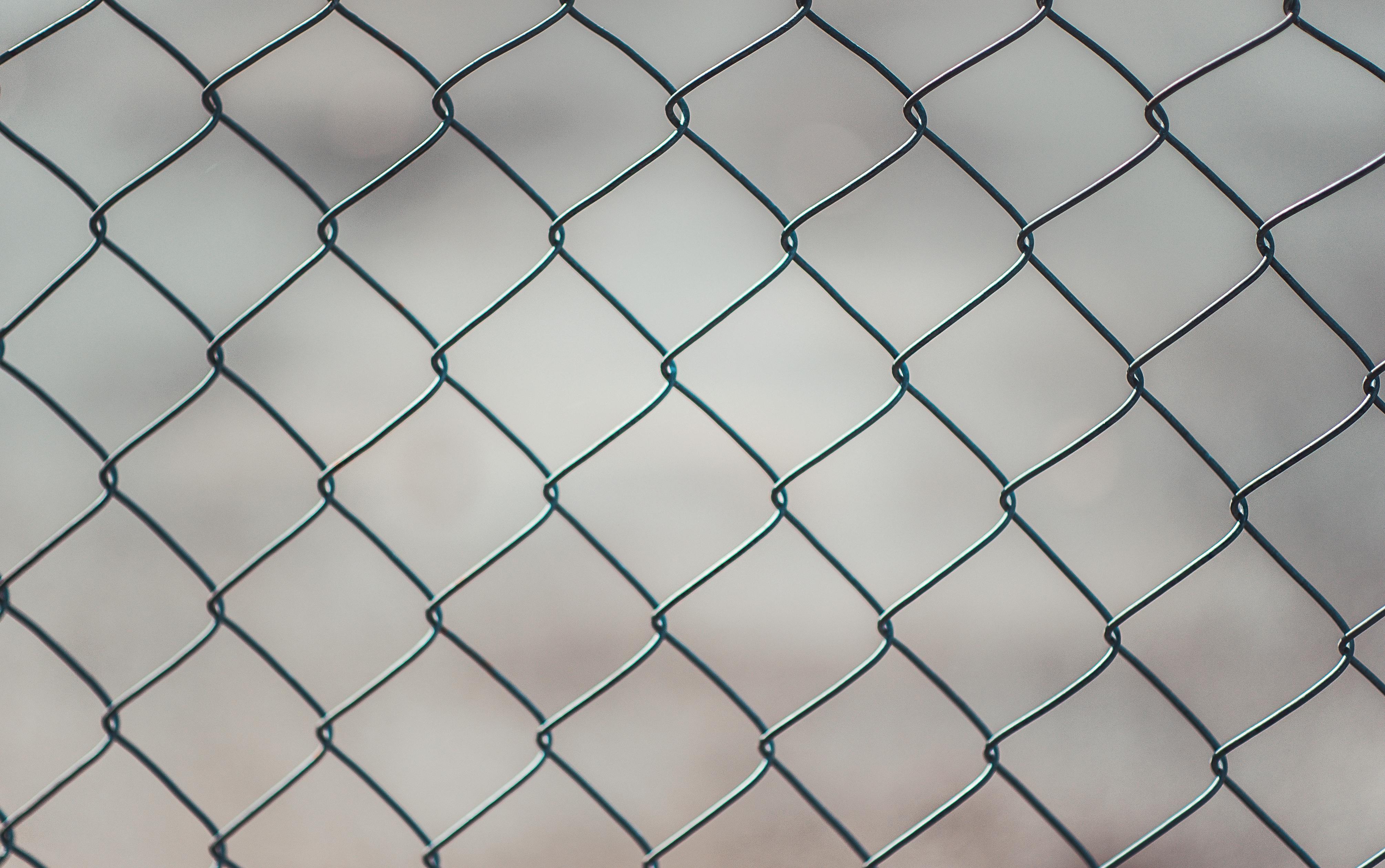Smart Ways to Throw a Football Effectively in 2025

Apply Now


Smart Ways to Throw a Football Effectively in 2025
Understanding the Importance of Throwing Technique
Throwing a football effectively is an essential skill for any aspiring player, particularly for quarterbacks. The mechanics of throwing dictate not just distance but also accuracy and speed. In 2025, the evolution of football training emphasizes refining throwing techniques, diving deeper into components like grip, stance, and follow-through. Football enthusiasts now have access to advanced training methods, making it crucial to grasp the fundamentals. Mastering your throw today will lead to impressive performances tomorrow.Essential Throwing Mechanics
The mechanics of throwing involves multiple facets, including footwork, body posture, and arm movements. Achieving an optimum stance for throwing not only stabilizes your throw but enhances your overall technique. A proper grip—focused on grip pressure—allows for better control and minimizes chances of throwing errors. Emphasis on elbow position is crucial; keeping your elbow at a right angle aids in achieving the ideal ball trajectory, leading to a precise spiral throw.Practice Drills for Improved Throwing Accuracy
Engage in football drills designed specifically for beginners and advanced players alike to sharpen your throwing skills. Incorporating throwing exercises into daily routines boosts arm strength and builds precision in passing. Focus on throwing drills that enhance muscle memory and reinforce the mechanics of throwing. Techniques for accurate throws often stem from repetitive practice, and understanding where your weak points lie can lead to significant improvement.The Role of Body Posture in Football Throwing
A strong stance is paramount in football throwing, impacting both power and accuracy. Maintaining balance while transitioning weight during the throw is crucial. Furthermore, shoulder alignment plays a significant role in directing the throw accurately. Establishing good upper body movement along with appropriate follow-through ensures that you achieve the desired distance throw. A relaxed wrist action combined with a strong grip guides the ball toward its target, maximizing throwing velocity.Leveraging Technology in Training
In 2025, technology has intertwined with sports training, providing players with tools to analyze their throwing performance and receive real-time feedback. Utilizing throwing simulations can help in visualizing movements and enhancing hand-eye coordination. Devices and applications designed for feedback application allow athletes to process technique adjustments effectively. Incorporating performance analysis into training encourages a structured approach to mastering throwing techniques, leading to an increase in both confidence and skill.Effective Throwing Techniques for Quarterbacks
Understanding Arm Strength and Its Importance
Arm strength is pivotal for long throws and maintaining accuracy in passing. Regular arm strength exercises help develop the muscles necessary for efficient throwing. Additionally, incorporating endurance training for throwers allows quarterbacks to sustain performance throughout a game while minimizing fatigue. Focusing on achieving throwing power further cements the foundation of an effective quarterback training program.Improving Throws Through Strategic Drills
Football passing drills are instrumental in enhancing throwing mechanics and delivering precise passes. Engaging in specialized throwing practice methods enables players to optimize their throwing form and improve accuracy in passing. Drills focused on various scenarios, such as adapting throws under pressure, help athletes prepare for game-time scenarios and enhance their performance. Each practice session should include feedback loops, reinforcing the importance of analysis and error correction processes in improving throws.Maximizing Throw Efficiency and Distance
To maximize throw efficiency, players must understand the significance of release point and body mechanics. Learning to maintain both body posture and footwork will lead to precision passing. Innovating techniques for distance throws involves adjusting grip and angle of the throw, which are necessary when attempting to cover long distances. Furthermore, maximizing your throwing performance entails cognitive strategies and visualizing successful throws, crucial elements for any athlete looking to elevate their game.Common Mistakes to Avoid When Throwing a Football
Identifying Throwing Errors Early
Understanding common throwing mistakes can drastically improve performance. Players often struggle with maintaining balance, which can lead to inaccurate passes. Keeping a check on your throwing form, including shoulder alignment and upper body movement, can prevent these errors. Additionally, being mindful of grip adjustments is crucial. Too loose or too firm of a grip can affect throwing accuracy and velocity.The Importance of Mental Toughness and Focus
Mental aspects significantly influence throwing ability. Training your mind to stay focused during high-pressure situations is essential for optimizing technique. Incorporating cognitive rehearsal methods can lead to a deeper understanding of throwing mechanics, allowing players to visualize movements ahead of time. Being aware of situational challenges and adapting to them can greatly improve the overall throwing experience.Feedback and Continuous Improvement
Receiving peer feedback and engaging in player-coach communication enhances learning and facilitates growth in throwing skills. Continuous practice sessions reveal strengths and weaknesses, guiding improvements in technique. Establishing a proactive mentality towards feedback can lead to mastering the throw and contributes positively to overall performance. Reflective practice plays an integral role in progressing as a quarterback, ensuring consistent improvements in throwing effectiveness.
Advanced Throwing Techniques for Youth Football
Mastering the Basics for Future Success
For youth football players, mastering the throwing football basics lays the groundwork for future skill development. Emphasizing the fundamentals now will enhance the performance of the players as they progress. Integrating advanced throwing techniques at an early stage of training can be beneficial. Effective throwing techniques can be introduced through simplified drills designed to build confidence and enhance grip for younger athletes.Optimizing Training Sessions for Skill Development
Designing tailored practices for quarterbacks allows for focused training on specific skills, such as grip pressure adjustments and throwing styles. Including arm strength exercises and endurance training helps athletes in developing both the physical and mental aspects of throwing. Implementing a structured program that considers each player's evolving skills encourages a more individualized approach to mastering throwing techniques.Cognitive Strategies in Football Training
Utilizing cognitive strategies during training facilitates the learning process for young throwers. Mental imagery and visualization techniques can significantly enhance their performance on the field. These techniques aid in developing decision-making skills and processing adjustments on the fly. Teaching young players about situational awareness prepares them for real-game scenarios, allowing them to adapt their throws under pressure, ultimately building their confidence as quarterbacks.